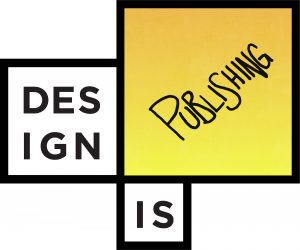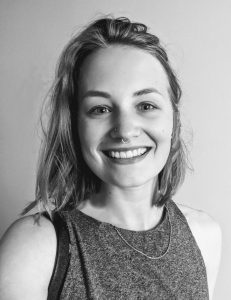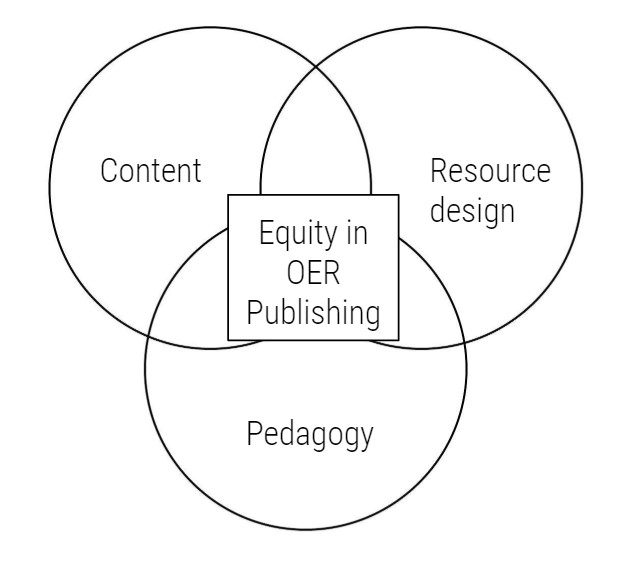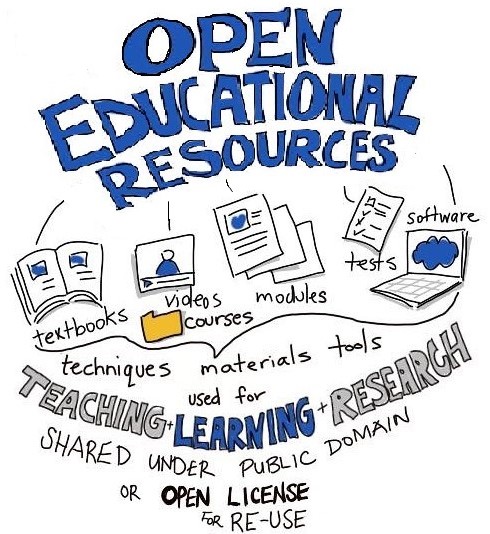Equity in OER Publishing by Josie Gray

Press play on the following media player to listen to the podcast version of this chapter or read the text below.
Topics covered in this section
Welcome to my exhibit! I am glad you’re here.
In this section, I will be introducing myself and will provide an introduction to open educational resources and the topics that will be covered in the rest of the exhibit.
Acknowledging the land on which I live, work and study
I live uninvited on the traditional territories of the W̱SÁNEĆ People and the Lək̓ʷəŋən People, now known as the Esquimalt and Songhees First Nations. I moved here in 2013 to complete an undergraduate degree at the University of Victoria, and it is where I continue to do my work with BCcampus and complete my current studies (from a distance) at OCAD University. I grew up on the beautiful (and wet) territories of the Tsimshian People on the north coast, and I have ties to Treaty 6 territory, where much of my extended family lives.
I am very grateful for all of the opportunities I have had to learn and grow on each of these territories. I recognize my responsibilities as a white settler on these lands to work against the harms settler-colonialism continues to perpetuate to this day, and listen to and learn from those who have protected and cared for these lands since time immemorial.
Unless you are on the southern tip of Vancouver Island, you are not on the same territories as me. Do you live on Indigenous land? If so, do you know whose land you live on? If not, here is an easy place to start that learning journey: Native-Land.ca
 Josie is an accessible open publishing advocate who is trying to figure out what it means to be an inclusive designer. She is interested in the balance between print and digital design from an accessibility perspective, feminist approaches to publishing, and what lies beyond providing “access” to information. She currently works for BCcampus in Victoria, B.C., where she manages their B.C. Open Textbook Collection and provides training and support for B.C. faculty publishing open textbooks. Josie has been learning and teaching accessibility in the context of OER since 2016.
Josie is an accessible open publishing advocate who is trying to figure out what it means to be an inclusive designer. She is interested in the balance between print and digital design from an accessibility perspective, feminist approaches to publishing, and what lies beyond providing “access” to information. She currently works for BCcampus in Victoria, B.C., where she manages their B.C. Open Textbook Collection and provides training and support for B.C. faculty publishing open textbooks. Josie has been learning and teaching accessibility in the context of OER since 2016.Introduction to OER
Open educational resources (OER) are any kind of resource used for teaching and learning—i.e., textbooks, syllabuses, videos, test banks—that are in the public domain or under an open licence (such as a Creative Commons Licence), which allows others to retain, reuse, revise, remix, and redistribute the content—all without needing to ask for permission from the original author.
Post-secondary education is expensive, and the cost is a huge barrier to a lot of students. A student often must spend hundreds of dollars on textbooks every semester, and students who cannot afford that cost go without those learning materials. But when an instructor uses an open educational resource, there is no cost to students. And because OER are posted online, people who are not in the class can also access the resource, and students can keep their copy as long as they want.
In open education, the goal is to increase access to education by changing the way we think about knowledge. Instead of bundling up knowledge in an expensive textbook or putting it behind a paywall, open education sees knowledge as a public good that should be freely available to everyone to learn from, build on, and customize for their own purposes.
“This… open education movement combines the established tradition of sharing good ideas with fellow educators and the collaborative, interactive culture of the Internet. It is built on the belief that everyone should have the freedom to use, customize, improve and redistribute educational resources without constraint. Educators, learners and others who share this belief are gathering together as part of a worldwide effort to make education both more accessible and more effective.”
Through what lenses can we evaluate the equity of OER?
One question to ask is if OER are by definition equitable and good. The short answer is no, they are not. If there is not a clear plan to write, design, and publish an OER so it is equitable, it will not be. If we stop focusing on how OER are free, it becomes clear how easy it is for OER to reproduce existing inequities that are common in commercial publishing.
There are three aspects that need to be considered when creating an open educational resource, or OER:
- You can look at the design of the resource. This includes what the resource looks like, how it is navigated, and its level of accessibility and flexibility.
- You can look at the content of the resource. What is being taught? Whose knowledge is being centred? Are diverse people, perspectives, and experiences visible? And if so, how are they portrayed?
- You can also look at the pedagogy of the resource, meaning how is the resource designed to support learning and what methods does it use to do that.

These three things are not separate concerns. They are very much overlapping and interconnected, and I am interested in where these three things overlap from an equity perspective, and looking critically at the tools, processes, and practices that influence the design, content, and pedagogy in OER.
Where to next?
I would like to talk about each of these topics in more detail. But, it’s very possible that you are not interested in each of these topics. So, over the next three chapters, I will be taking about:
And you are welcome to navigate to whichever topic sounds the most interesting to you. If you are only interested in resource design, you can only explore that section. But if you’d like to explore them all, you are more than welcome to.
When you’re finished exploring the three sections in as much or as little detail as works for you, I’d invite your to go to the last chapter where I sum everything up and talk a little bit more specifically about where I see my project going over the next year: What’s Next?
Contact information
Once you have a chance to explore, I would love to hear your thoughts, feedback, and ideas, and more. You can connect with me a few different ways:
- Twitter (@josiea_g)
- Email (josie.gray[at]student.ocadu.ca)

Video attributions
- “Introduction to Open Educational Resources” by Abbey Elder and adapted by Josie Gray is under a CC BY 4.0 Licence. In this adapted version, two slides were replaced with Canadian-specific content and sections were removed that were not relevant to the context of this project.
Media attributions
-
- Josie – Headshot © Josie Gray is licenced under a CC BY 4.0 Licence.
- “Equity in OER Venn Diagram” © Josie Gray is licenced under a CC BY 4.0 Licence.
- OER is Sharing © Giulia Forsythe adapted by Josie Gray (cropped; “OER” resized) is licensed under a Public Domain license

